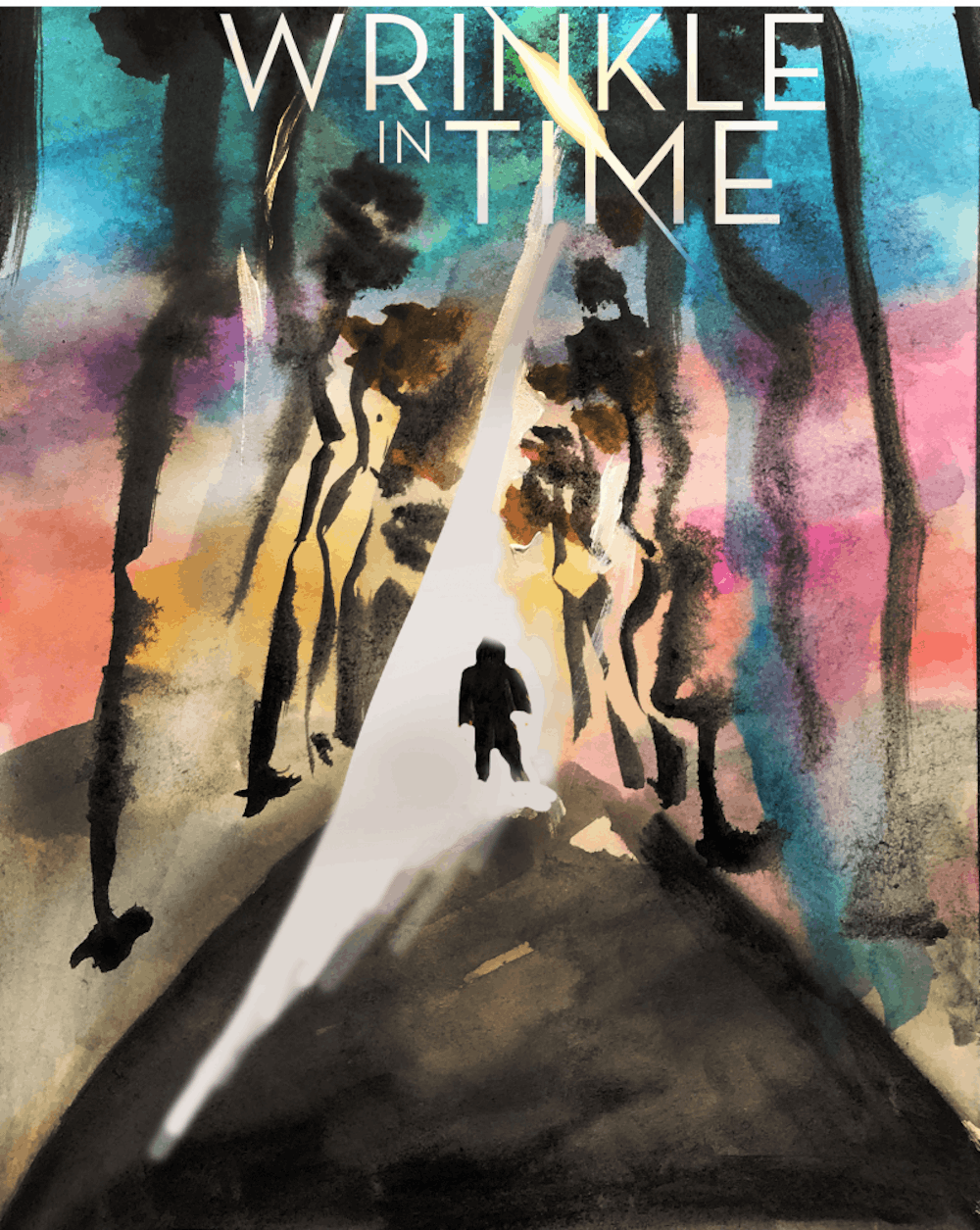In the theatrical release of A Wrinkle In Time, before the first shot, there is a filmed message from director Ava DuVernay, who offers a warm, confident explanation for why she chose to take on the adaptation of Madeleine L’Engle’s beloved 1962 science fiction novel. The decision to break the fourth wall before the movie even begins comes off as strange, but sitting down to watch it—or, just pulling up reviews—clarifies the purpose of the segment: A Wrinkle In Time is, in many ways, a movie that demands an explanation. Why is DuVernay, an acclaimed director who helmed projects such as 13th and Selma, directing a children’s movie? Why is it flopping at the box office compared to Disney’s other recent release, Black Panther, despite its diverse cast that includes stars such as Oprah Winfrey, Chris Pine, and Mindy Kaling?
A Wrinkle In Time is unlike any movie in recent memory: over–the–top flashy, completely earnest, audacious. It is a massive, $100 million undertaking that is trying to do a lot, and perhaps this is the reason that many reviews have been negative: it currently has a 3.4/10 rating on IMDb. Critics have had unkind things to say, from ScreenRant’s assertion that it “falls short of reaching the potential of its talented cast and director” to Wall Street Journal calling it a “great disappointment”. A Wrinkle In Time’s detractors are partially right; the movie is by no means perfect. Its detractors are also missing the point, and completely overlooking what makes it a triumph.
With its star–studded lineup and acclaimed director, A Wrinkle In Time has an evident appeal for adults; however, it is unapologetically a movie for children. There are, refreshingly, no cringe–worthy innuendos slipped in for parents like in many other contemporary children’s films, but there is also none of the nuance that is in vogue nowadays. There are obvious good guys—the “Misses”, colorful celestial creatures of light, embodied in human form by Winfrey, Kaling, and Reese Witherspoon—and clear–cut forces of evil, rendered in the form of a dark cloud known simply as “the It.” Love, both self–love and love for others, is celebrated as clean, uncomplicated, and the solution to all things—it is the way to exorcise a quasi–demonic possession, locate a father who has been missing for years, and teleport around the universe.
Ideologically, A Wrinkle In Time fits snugly into children’s cinema—after all, few kid’s movies lack happy endings. What sets A Wrinkle In Time apart is the honesty of its portrayal of adolescent vulnerability. Meg Murry (played in the film by the talented Storm Reid), has been a stand–in figure to outcasts ever since the book’s publication: not conventionally pretty or talented at school, deeply hurt from the loss of her father, lost, alienated, and angry with the world around her. It would be easy to Disney–ify her angst and render her one makeover away from being a cute, happy genius—but A Wrinkle In Time refuses to. Instead, DuVernay elevates the trials and triumphs of being a teenage girl to a level of cosmic importance. The same staggering realism and beauty she brought to shots of Martin Luther King Jr. in Selma is on display here, in middle school hallways and gym class confrontations. When confronted by the nexus of all evil in the universe, who taunts her with a “prettier” version of herself and tells her “Every bad thing you think about yourself is true,” Meg heartbreakingly and honestly admits to hating herself—and then defeats it by invoking the love that she shares with her younger brother, Charles Wallace, even in spite of her flaws.
A Wrinkle In Time takes viewers on a wide–ranging, high–reaching tour of time and space, and tries to say something about the triumph of love in the process. It might sell us a childishly optimistic version of the universe, but in spite of the CGI and questionable physics employed to explain time travel, it presents audiences with a tender and honest portrait of what it is like to be a young person grappling with life’s hardships. It is a movie for children, but somewhere between voyages to other planets and life back home, adults who go to see it might walk out of the theater feeling the same anguish and optimism they did when they were young.

